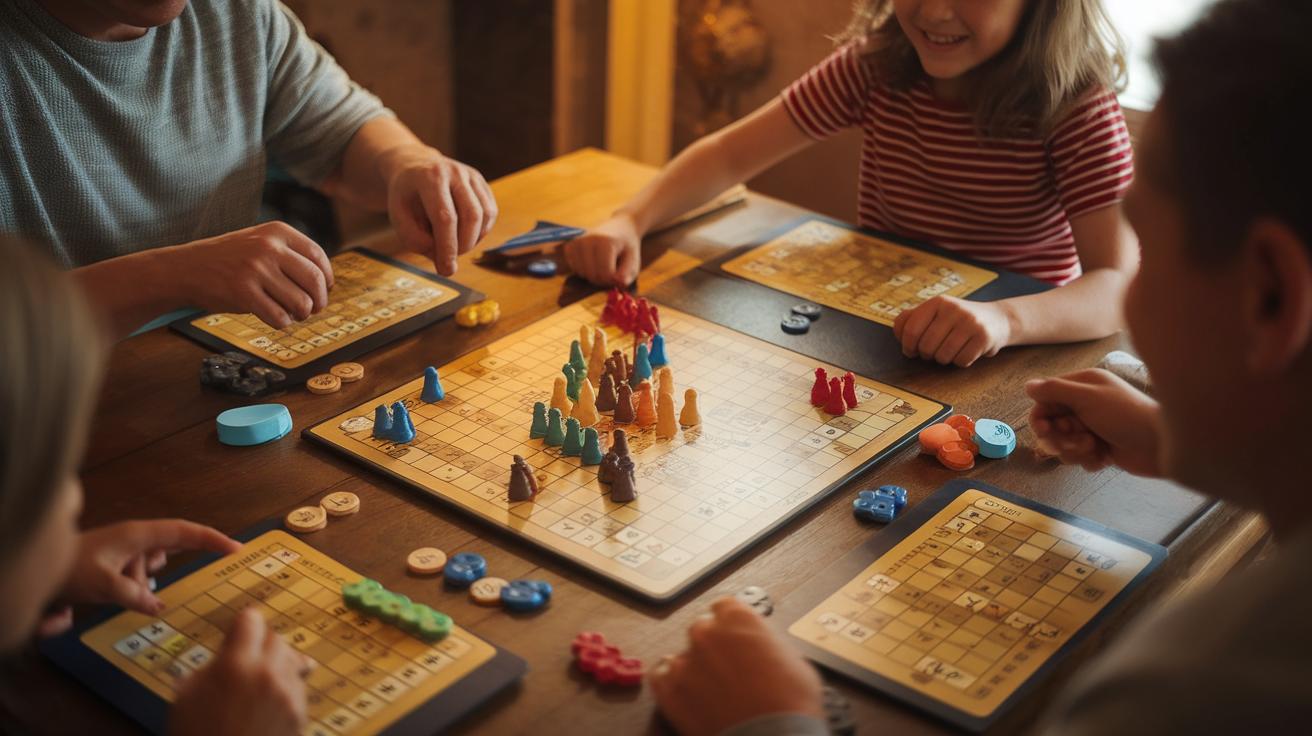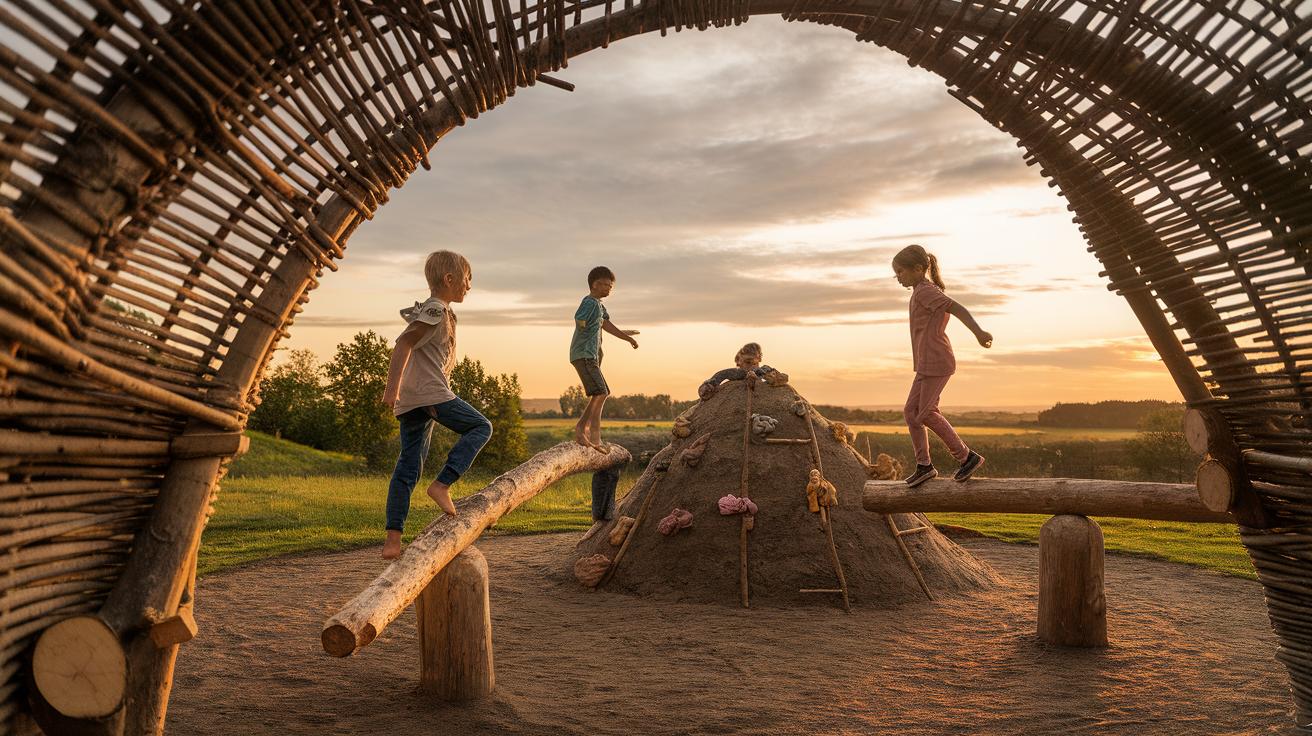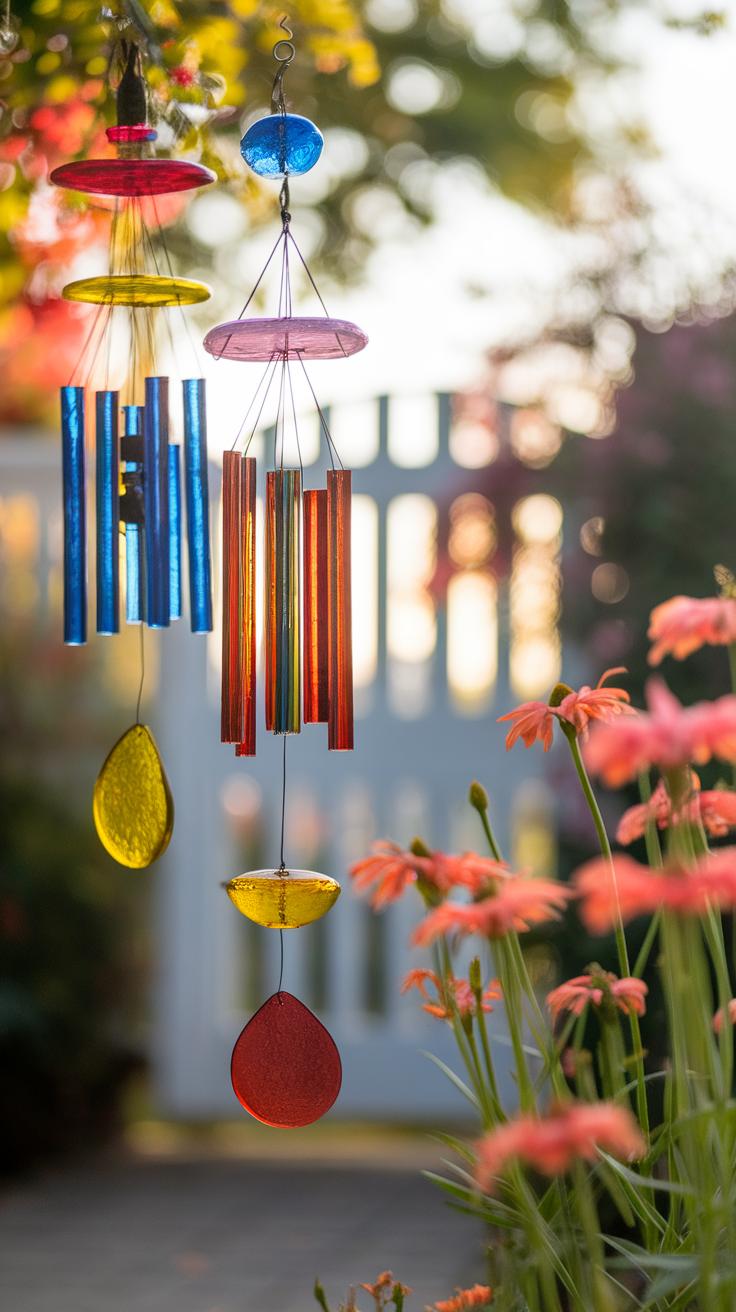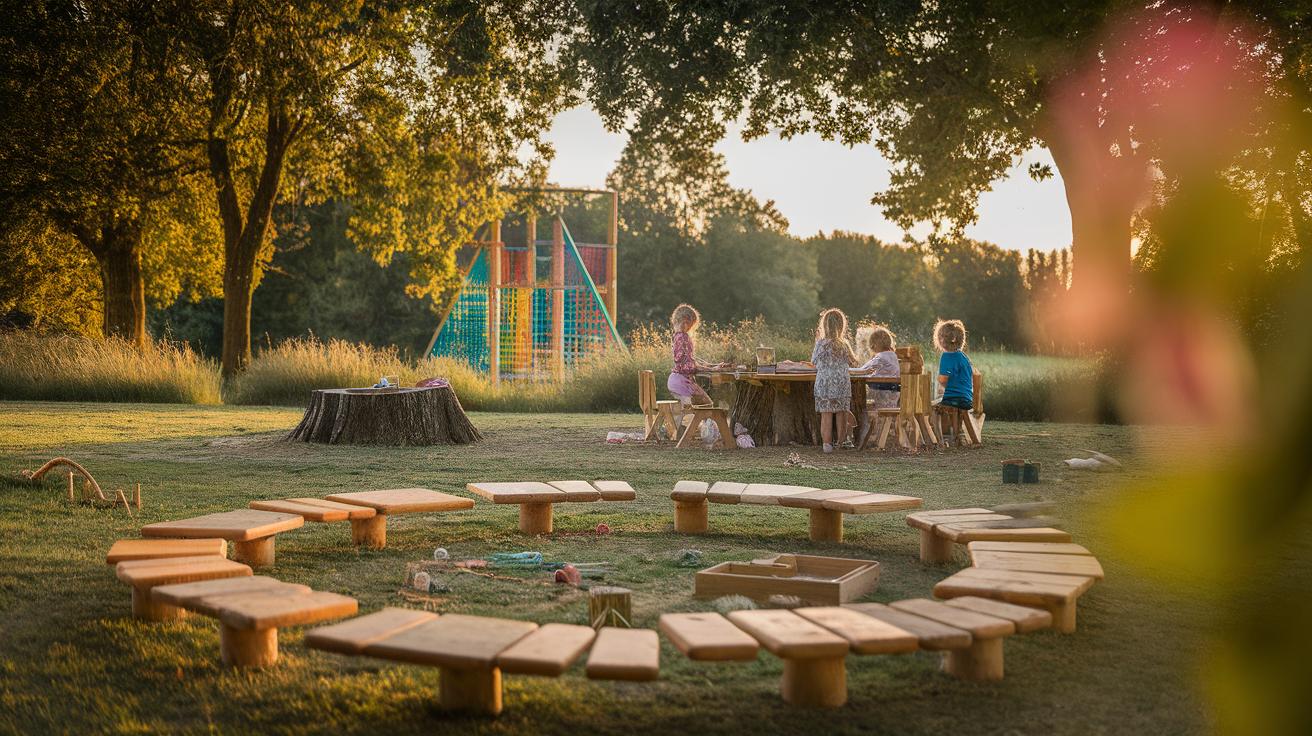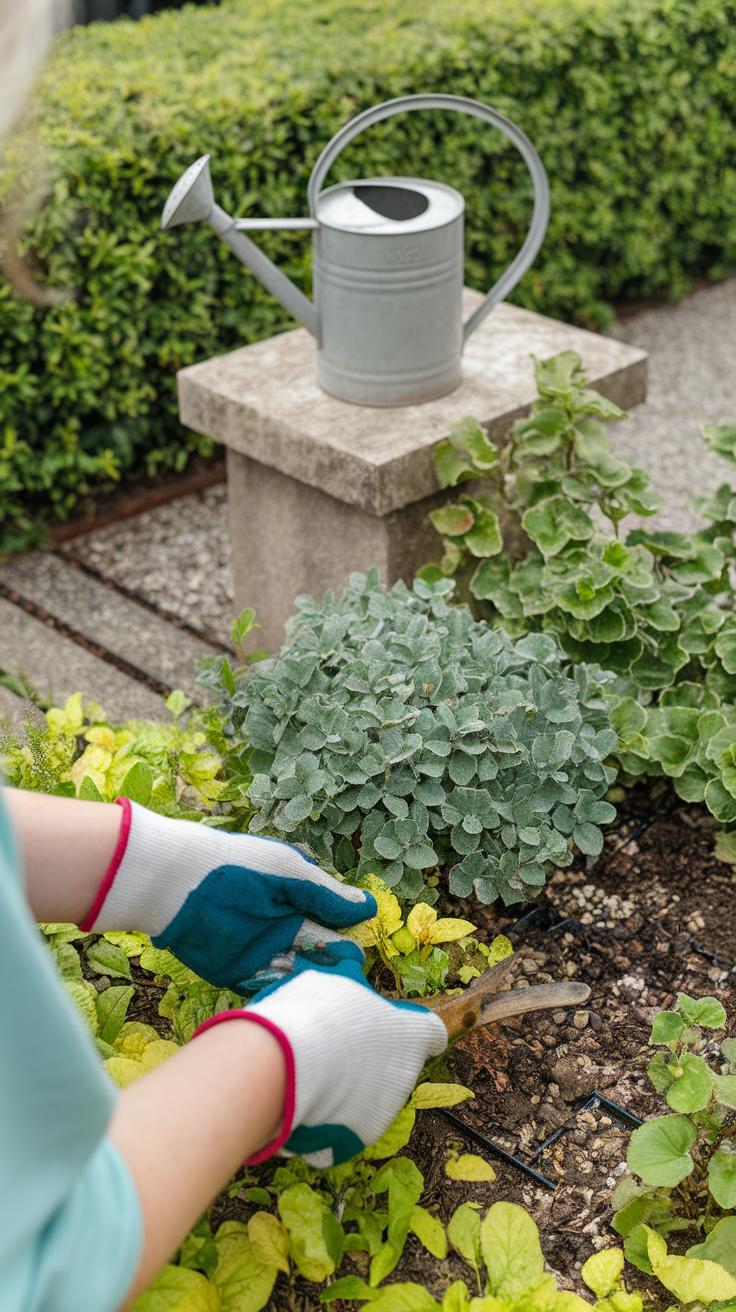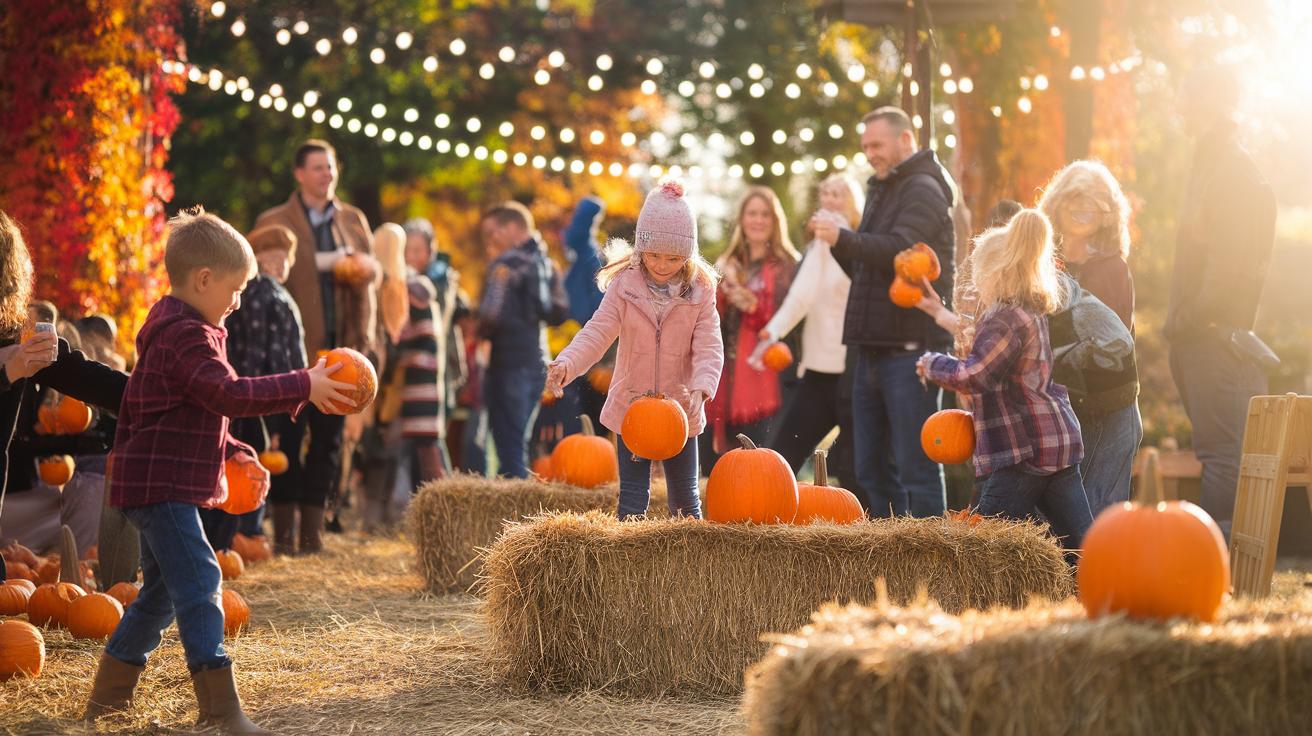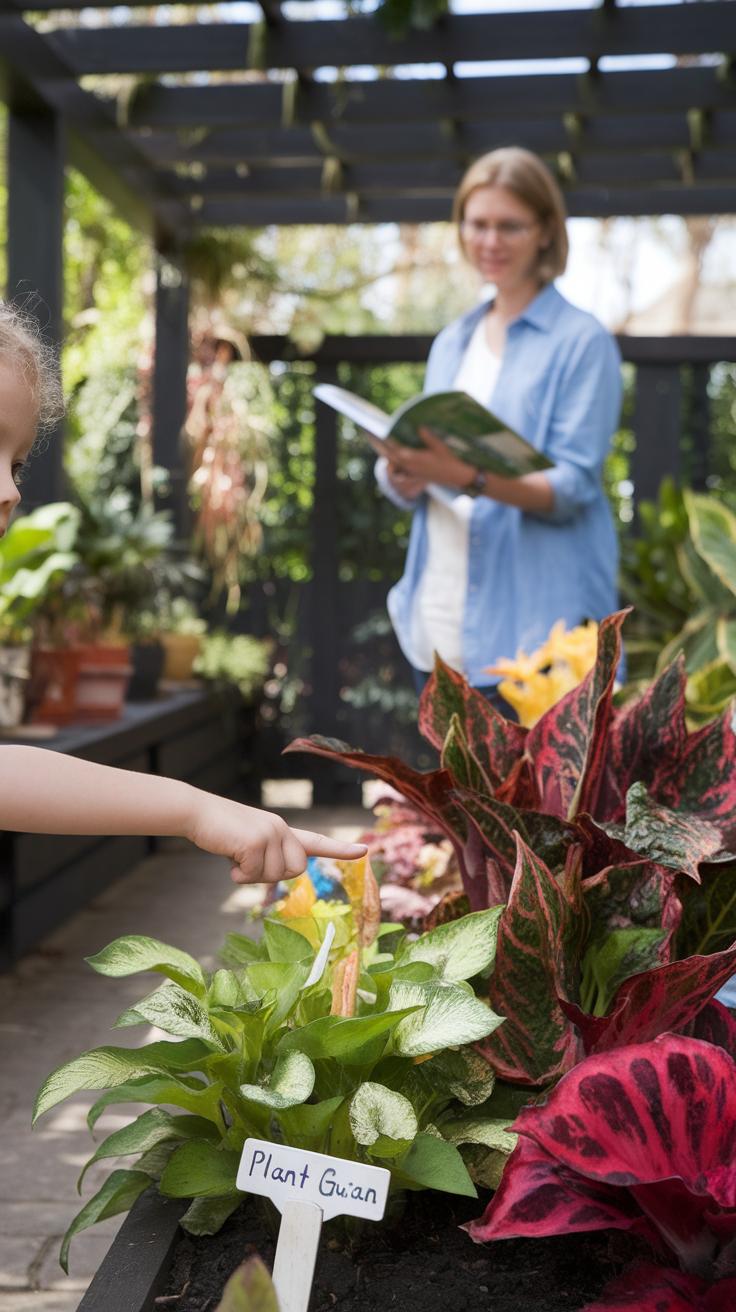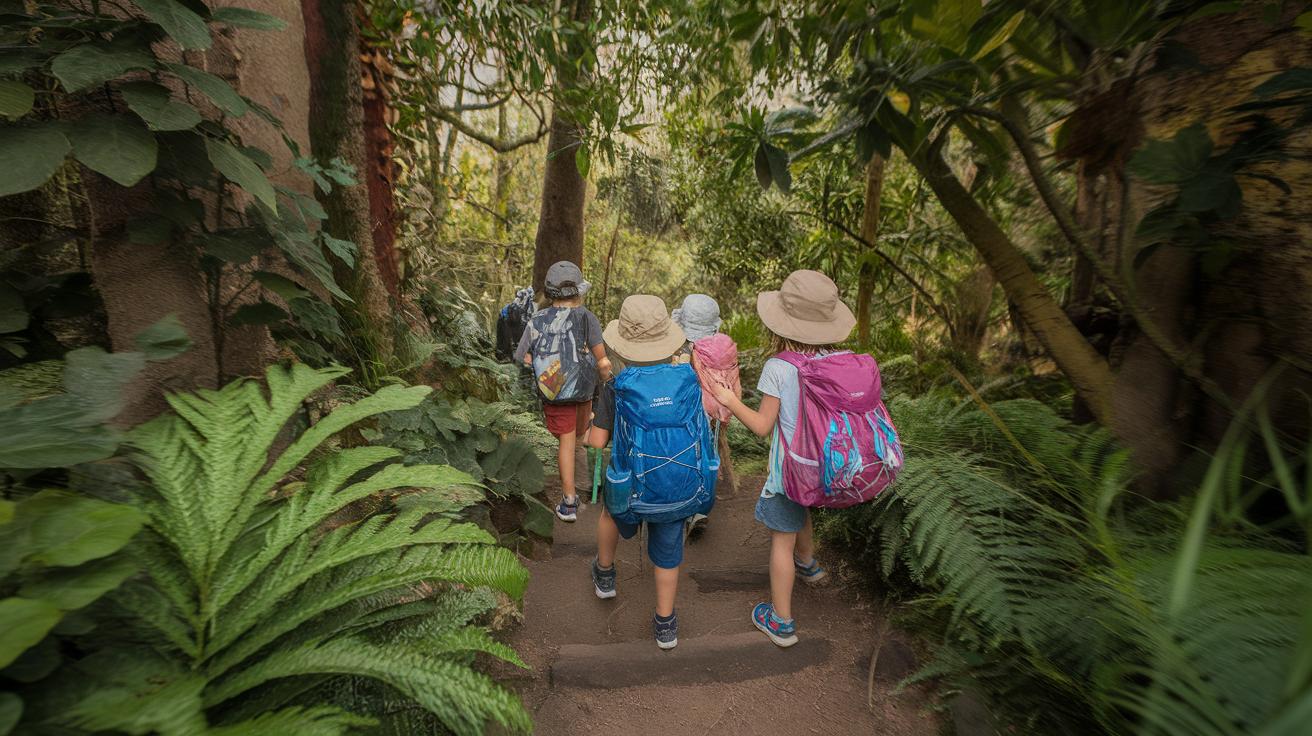Introduction
A sensory garden offers a space where children can explore the world through their senses. It is designed to engage sight, sound, smell, touch, and sometimes even taste, in ways that foster learning and curiosity. When you create a sensory garden, you make a place that supports development and offers unique experiences beyond a traditional play area. This kind of environment can benefit children of all abilities, including those with special needs.
Designing a sensory garden involves choosing plants, textures, sounds, and colors that stimulate the senses. It is also about creating a safe and accessible space where children feel encouraged to discover and interact with nature. By focusing on sensory experiences, your garden can become a powerful tool to engage young minds, promote creativity, and improve emotional well-being. How can you set up such a space that combines fun and learning effectively?
Understanding What A Sensory Garden Is
The Purpose And Benefits
A sensory garden is designed to engage all five senses through plants, textures, sounds, and smells. Unlike a regular garden that mainly focuses on appearance or plant growth, a sensory garden invites interaction. You might find scented flowers, rough bark, soft grasses, or water features that encourage touch and hearing.
The main goal is to create a space where children can learn by experiencing the world around them directly. This approach supports development by improving sensory awareness, coordination, and focus. Have you noticed how kids respond when they touch different leaves or hear wind chimes? These moments help develop cognitive and motor skills while keeping children curious and calm.
Who Can Benefit From Sensory Gardens
Sensory gardens help more than just children. People with disabilities or special needs often find these spaces helpful for calming nerves and stimulating senses in a gentle way. The garden provides a peaceful environment that encourages exploration without pressure.
Mental and emotional well-being improves as visitors engage with textures, smells, and sounds that offer comfort and connection to nature. Adults under stress or recovering from illness also benefit. Could your community space include a sensory garden to support diverse needs? Creating this inclusive environment invites everyone to experience nature’s healing power.
Designing Your Sensory Garden
Planning The Layout And Accessibility
Design the garden layout with clear, wide paths for easy movement. Use smooth, firm surfaces to make the garden safe for children with wheelchairs, walkers, or strollers. Consider different heights for plants and features to engage children while seated or standing. Position seating areas near sensory spots to encourage rest and observation.
Separate different sensory zones so children can focus on one sense at a time. Think about safety by avoiding sharp edges and toxic plants. Plan for shade to protect kids during sunny days. How can you arrange pathways for natural flow without overcrowding? Paying attention to these details helps every child explore comfortably and safely.
Incorporating The Five Senses
Include elements that touch on sight, sound, smell, touch, and taste. Brightly colored flowers like marigolds capture attention and stimulate sight. Wind chimes or rustling grasses add sound. Fragrant herbs, such as lavender or mint, encourage smelling.
Different textures invite touch: soft lamb’s ear leaves or rough bark provide contrast. For taste, edible plants like strawberries or cherry tomatoes offer safe sampling. Ask yourself which plants invite curiosity and how to mix them for variety. Carefully chosen features encourage kids to connect with their surroundings in unique ways.
Stimulating Sight And Sound
Using Color And Movement
Choosing plants with bright, varied colors draws children’s attention and sparks curiosity. Flowers like sunflowers, marigolds, and snapdragons offer bold yellows, oranges, and reds that stand out. Purple coneflowers and blue salvias add cooler tones to balance the garden’s palette. Mixing colors encourages kids to notice contrasts and patterns.
Movement plays a strong role in engaging vision. Grasses that sway with the breeze, such as ornamental feather reed or blue oat grass, create gentle motion to track with the eyes. Watching butterflies, bees, or ladybugs on flowers keeps children alert and interested. You might include bird feeders or small water bodies to invite birds or frogs, adding natural activity that surprises and delights. Could you imagine how kids react when a butterfly lands near them or when they spot a hummingbird darting among flowers?
Creating A Soundscape
Sound adds another layer to sensory learning. Water features like small fountains or dripping stones provide steady, soothing sounds that encourage calm and focus. Placing wind chimes in different spots lets you experiment with tones when the breeze passes through. You can also grow sound-making plants such as bamboo, which rustle when blown.
Encouraging children to listen closely helps them identify both natural sounds and gentle human-made ones. This sharpens their auditory skills and deepens their connection to the environment. Have you considered how the gentle splash of water or the tinkle of chimes can bring a quiet moment of wonder to young learners? Try placing a small rain stick or a rain chain where kids can activate or observe sounds themselves.
Enhancing Smell And Touch
Choosing Aromatic Plants
Select plants that offer a variety of scents to create a rich olfactory experience. Lavender, rosemary, and mint provide strong, recognizable smells that children can easily identify. Sweet-smelling flowers like gardenia or jasmine introduce softer fragrances that encourage gentle interaction.
Scents help children connect emotions and memories. The smell of a flower can trigger happy moments or calm feelings. You might notice a child smelling rosemary and suddenly becoming more focused during play or learning. This connection supports their ability to remember new information and feel secure in their environment.
Think about which scents you want your garden to highlight. Will you create a calming space or one full of energetic smells? Offering diverse aromas invites children to use their noses, building awareness through smell.
Incorporating Textures
Include a variety of textures to encourage children to touch and explore. Soft leaves like lamb’s ear feel different from rough bark or smooth stone paths. Each surface invites a new sensory discovery.
Use natural materials alongside crafted elements such as textured sculptures or uneven stepping stones. These encourage children to notice how surfaces change under their fingertips and feet.
Textures challenge children’s sense of touch and help develop fine motor skills. When you design your garden, consider how each tactile element can invite curiosity. Would children enjoy running their hands over velvety leaves or tracing the grooves of tree bark? Providing options lets you create a hands-on learning space that keeps children engaged through touch.
Adding Taste Safely To Your Garden
Selecting Edible Plants
You should pick plants that are safe and non-toxic for children to touch and taste. Choose familiar herbs like basil, mint, and parsley, or fruits such as strawberries and blueberries. These plants grow well in many gardens and offer clear eating potential. Avoid any plants with look-alikes that might be harmful, like some types of nightshade or ivy. Label each plant clearly to help children recognize what is edible. Supervise every tasting activity closely to prevent confusion between edible and non-edible plants. Take time to teach children how to identify safe plants and explain why some are not for eating. This helps build respect and knowledge around garden safety, making your sensory garden a secure place to learn through taste.
Interactive Activities With Taste
Invite children to harvest herbs and fruits themselves. This active picking links taste to the learning process. Let them rub mint leaves or smell freshly picked basil before tasting the flavors. Teach about how herbs add flavor to dishes and ask children which tastes they prefer. You can create simple activities like making herb-infused water or small fruit snacks using garden harvests. Cooking together with these plants encourages curiosity and discovery. Taste becomes more meaningful when children connect it to their effort in growing and harvesting. What new tastes will your garden reveal when children get hands-on with picking and tasting?
Making Your Garden Accessible For Everyone
Ensuring Physical Accessibility
Design garden paths wide enough for wheelchairs and strollers, using firm, non-slip surfaces like compacted gravel or smooth concrete. Position clear, easy-to-read signs at key points to guide visitors through the garden. Use large fonts and bright colors to improve visibility.
Provide seating areas at regular intervals. Benches with backups or armrests help children and adults who need rest. Place seating near sensory features so users can pause and enjoy the garden fully. Consider different mobility needs by including low raised beds, allowing children in wheelchairs to reach plants easily.
Ask yourself: Does the garden allow everyone to move freely? Could a child with limited mobility interact with it independently? Your goal is to create a space where physical barriers do not prevent curiosity or learning.
Sensory Accessibility Considerations
Create quiet zones by separating areas with soft barriers, like hedges, to give children a break from loud or intense stimuli. Avoid clustering too many colorful or noisy elements in one spot to reduce overwhelm for those sensitive to sensory input.
Offer a variety of textures and smells without making the space too busy. Select plants with soft leaves, mild scents, or gentle sounds. Include touch-friendly materials, like smooth stones or textured bark, that invite exploration without causing discomfort.
Think about visiting children who might get overwhelmed easily. How can you use colors, sounds, and textures to support their experience? Balancing stimulation with calmness helps more children enjoy learning and discovery safely.
Maintaining A Sensory Garden
Upkeep And Adaptation
Routine care keeps your sensory garden safe and inviting. Check plants regularly for healthy growth and remove any damaged or dead parts. Keep pathways clear of debris to prevent trips and falls. Clean water features, wind chimes, and other interactive elements to maintain their appeal. Watch out for pests without harsh chemicals that might harm children or wildlife.
Adapt the garden to fit the changing needs of its users. Young children might outgrow certain plant choices or activities. Swap out plants that no longer engage or suit sensory goals. Add new textures or scents to refresh the experience. Adjust seating or fencing as kids become more mobile or require extra support. What changes would serve your garden’s visitors best over time?
Involving Children In The Care
Invite children to help care for the sensory garden. Assign simple tasks like watering, picking leaves, or checking soil moisture. These activities teach responsibility and create pride in their space. When kids care for plants, they notice how things grow and change. Their curiosity deepens as they understand nature’s cycles firsthand.
Encourage questions during care routines to spark learning. Which plants need more water? Why do some leaves yellow? Letting children participate also builds teamwork and patience. How might your young gardeners feel knowing they help maintain a special outdoor classroom?
Using Your Sensory Garden For Learning
Creating Educational Programs
Design activities that connect children directly to the garden. Have them identify plants using their senses—touch the leaves, smell the flowers, note different textures.
Plan simple science experiments, like watching how water moves through soil or how insects interact with plants. You might guide a lesson on plant parts by having kids collect leaves and flowers and then label them.
Include environmental topics such as composting, explaining how garden waste turns into soil. Use the garden to teach about biodiversity by observing insects or birds visiting the space.
Incorporate storytelling and writing by encouraging children to describe what they see, hear, or feel. Are they noticing changes as seasons pass? These programs help make learning hands-on and meaningful.
Encouraging Exploration And Creativity
Let children wander freely, giving them time to notice small details like the coolness of shaded areas or the roughness of bark. Provide tools such as magnifying glasses or sketch pads to support their discoveries.
Encourage creative play by offering materials to build natural structures or create art using leaves, stones, and flowers. Ask questions like “What can you make with these?” to spark ideas.
Challenge them to create sensory stories based on what they experience, promoting imagination alongside observation. Allow room for silence so children can form their own connections with nature.
How do you think children’s interactions in the garden might change if given more space and time to simply observe and create on their own?
Conclusions
Building a sensory garden requires thoughtful planning to include elements that appeal to all senses. Incorporate a variety of plants with different colors and textures, add sound features like wind chimes or water, and create accessible paths for everyone. Remember that your garden should invite children to touch, listen, smell, and see so they can learn naturally through experience. Giving children this chance could improve their observation skills and understanding of the environment.
Consider the needs of your visitors, and design with accessibility in mind. Sensory gardens provide a welcoming space for children to explore safely and build confidence in their senses. Your efforts will result in a vibrant garden that fosters growth and discovery for young minds. What steps will you take first to create a sensory garden that sparks curiosity and joy?



